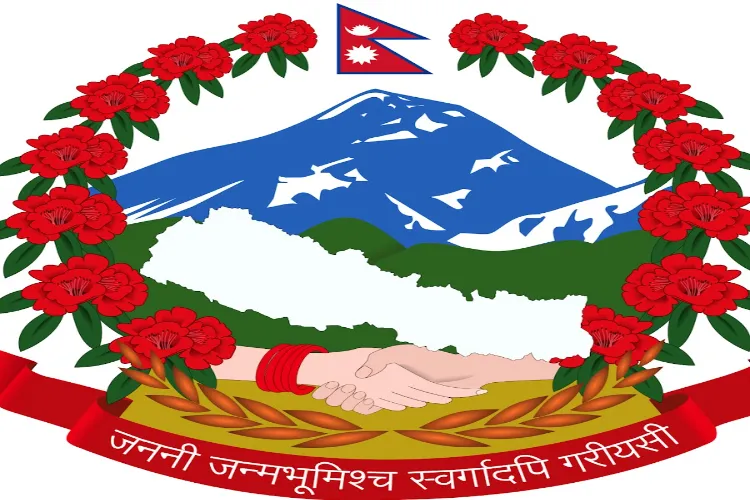Kathmandu
In order to resolve the border dispute and sign a new boundary protocol, Nepal and China have agreed to activate bilateral mechanisms.
During a virtual consultation meeting on border affairs held on Thursday, both sides agreed to activate the boundary mechanism first agreed in 1963 while signing the first boundary protocol, said Nepal's Ministry of Foreign Affairs.
Underscoring the importance of joint inspection of the Nepal-China boundary, the two sides agreed to initiate the process for activating the existing bilateral mechanism through mutual consultation, the ministry said in a statement.
The 1963 Joint Boundary Protocol has the provision of constituting three different mechanisms to deal with boundary issues -- Joint Inspection Team, Joint Expert Group, and Joint Inspection Committee.
The mechanisms were enshrined in the Nepal-China Boundary Protocol signed between the two countries on January 20, 1963. Three boundary protocols have been signed between Nepal and China in the past -- in 1963, 1979 and 1988. Both sides shelved the plan to sign the fourth protocol after much delay in 2011 due to some dispute.
Though the Nepalese government and the Chinese Embassy in Kathmandu categorically deny having any boundary dispute, Nepalese media has been occasionally reporting border friction between China and Nepal in Humla, Gorkha, Rasuwa other districts.
The major bone of contention is the exact location of Pillar No. 57. After the two sides could not agree on the height of Mt Everest and the exact location of Pillar No. 57, the signing of the fourth protocol has been in limbo since 2011.
The meeting also took stock of the overall state of Nepal-China relations, and held discussions on various matters relating to boundary and border management between the two countries, the ministry said.
After activating the boundary mechanism, both sides will jointly conduct boundary inspection, resolve the differences and sign the new boundary protocol.
Lok Bahadur Thapa, Head of North East Asia Division, Ministry of Foreign Affairs, and Hong Liang, Director General of the Department of Border and Ocean Affairs of the Ministry of Foreign Affairs of China, led their respective delegations at the meeting.
The two sides also agreed to resume two-way trade through Rasuwagadhi/Keyrung border port, following Covid-19 health protocols and guidelines. Both sides will establish an epidemic prevention and control mechanism to this end.
China has stopped importing goods and products from Nepali trading points citing the Covid related restrictions, and Nepalese traders have been asking the government to put pressure on China for resumption of two-way trading.
At the meeting, both sides also agreed to open new trading points on the western side of Nepal.
In order to support the livelihood of people in the northern Himalayan region of Nepal, the two sides decided to open the Hilsa/Purang border port for transportation of goods and construction materials from China by putting in place necessary Covid-19 protocols, the statement added.

